READ Free Dumps For CISCO- 100-105
| Question ID 14532 | Scenario
Refer to the topology. Your company has decided to connect the main office with three
other remote branch offices using point-to-point serial links.
You are required to troubleshoot and resolve OSPF neighbor adjacency issues between
the main office and the routers located in the remote branch offices.
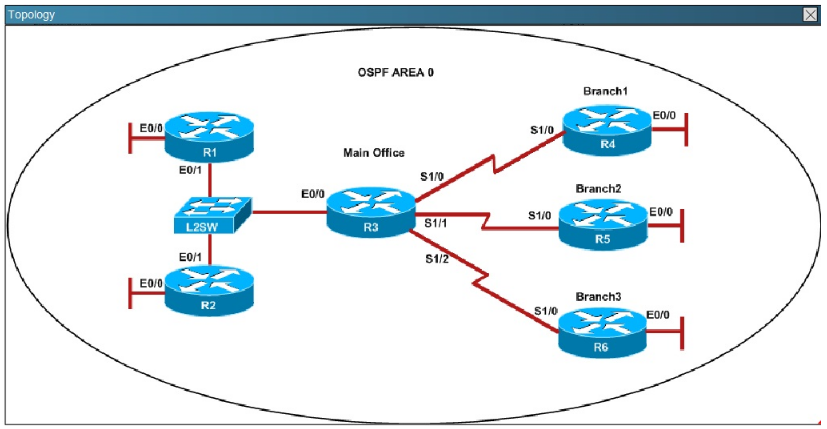
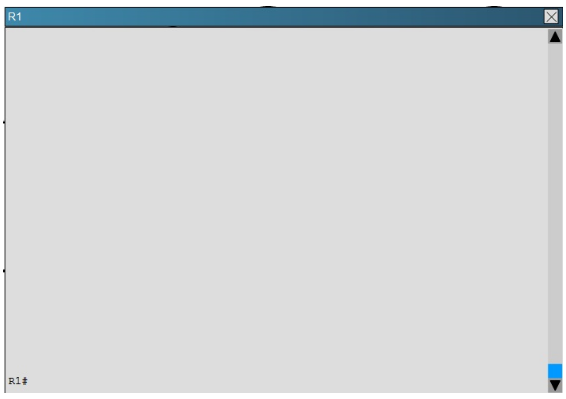
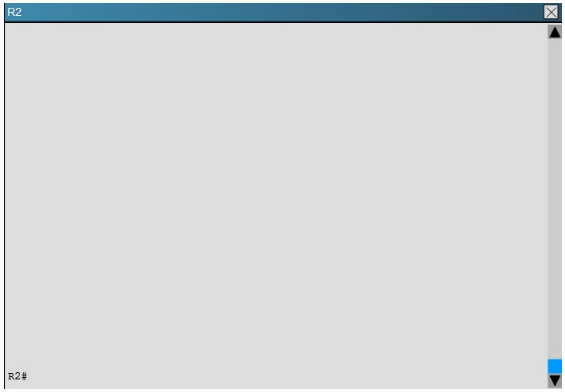
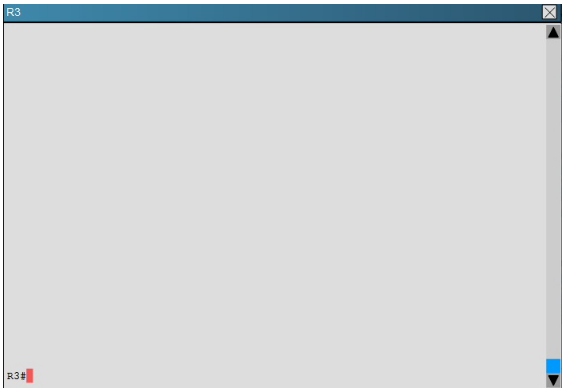
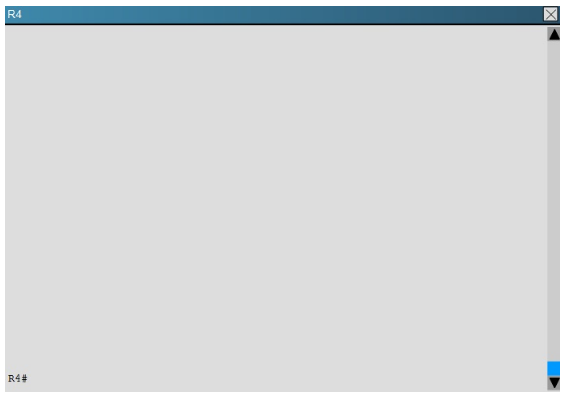

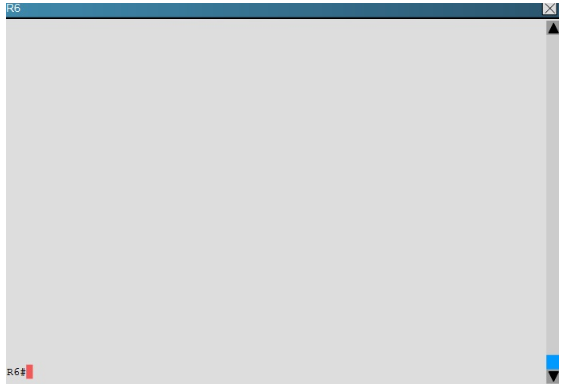
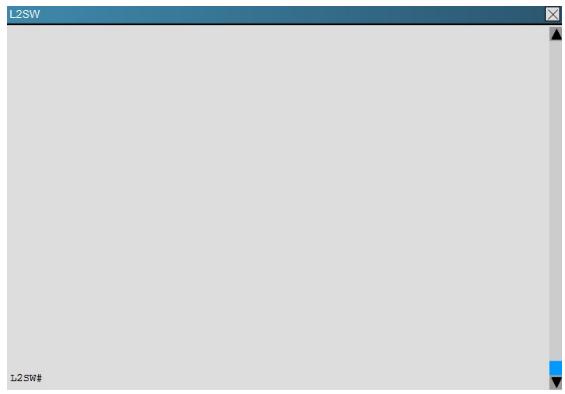
An OSPF neighbor adjacency is not formed between R3 in the main office and R5 in the
Branch2 office. What is causing the problem?
|
| Option A | There is an area ID mismatch.
|
| Option B | There is a PPP authentication issue; a password mismatch.
|
| Option C | There is an OSPF hello and dead interval mismatch.
|
| Option D | There is a missing network command in the OSPF process on R5.
|
| Option F | Answer : C
Explanation: The show ip ospf interface command on R3 and R5 shows that the hello and dead intervals do not match. They are 50 and 200 on R3 and 10 and 40 on R5.
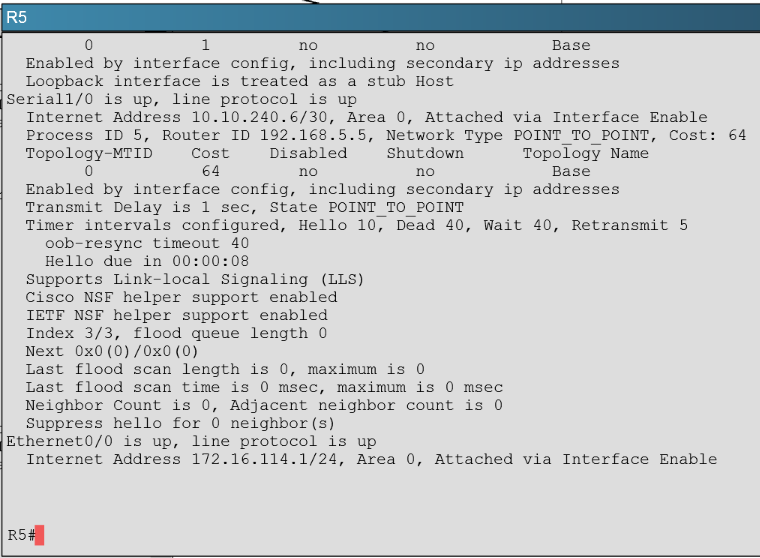
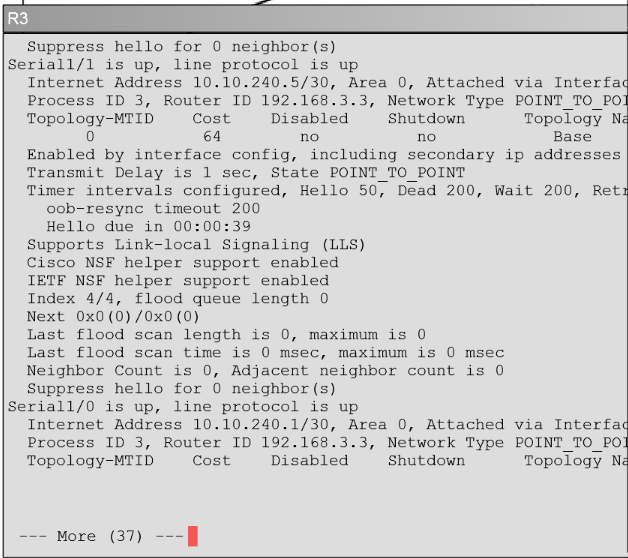
|
| Correct Answer | C |
Explanation
| Question ID 14533 | Refer to the exhibit.
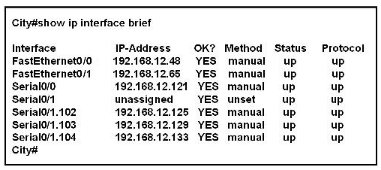
A network associate has configured OSPF with the command:
City(config-router)# network 192.168.12.64 0.0.0.63 area 0
After completing the configuration, the associate discovers that not all the interfaces are
participating in OSPF. Which three of the interfaces shown in the exhibit will participate in
OSPF according to this configuration statement? (Choose three.)
|
| Option A | FastEthernet0 /0
|
| Option B | FastEthernet0 /1
|
| Option C | Serial0/0
|
| Option D | Serial0/1.102
|
| Option E | Serial0/1.103
|
| Option F | Serial0/1.104
|
| Correct Answer | B,C,D |
Explanation Explanation: The network 192.168.12.64 0.0.0.63 equals to network 192.168.12.64/26. This network has: + Increment: 64 (/26= 1111 1111.1111 1111.1111 1111.1100 0000) + Network address: 192.168.12.64 + Broadcast address: 192.168.12.127 Therefore all interface in the range of this network will join OSPF.